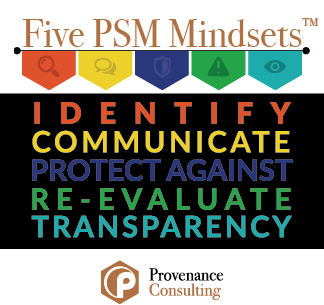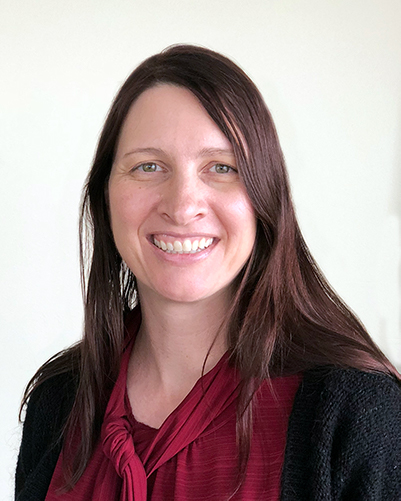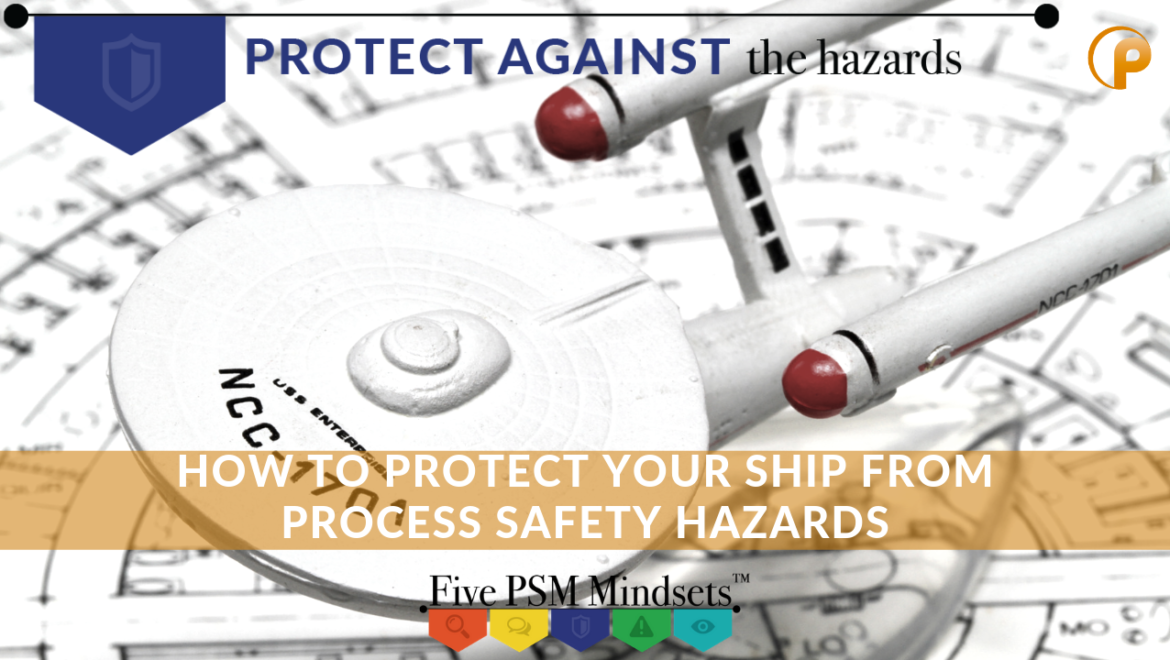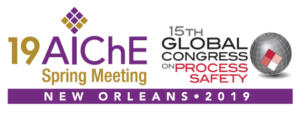How Better Access to PHA Data Can Inform Your MOC Process
In Bloom’s Taxonomy, “evaluation” is the fifth of six levels. Learners progress from remembering, to understanding, to applying, analyzing and then evaluating and finally creating.
One of the most important “evaluating” exercises in Process Safety Management (PSM) is the Process Hazard Analysis (PHA).
In a PHA, a group of people with expertise in the process (operators, engineers, etc.) gather to look at all the equipment and chemistry and technology involved.
They detail out each possible hazard, cause, consequence and safeguard. They review the risks, make recommendations, and put all of this information into a report.
Re-Evaluating in Process Safety
When you re-evaluate something, it’s typically done with an eye towards any changes or new information.
In PSM, we re-evaluate the hazards when we make a change through the management of change (MOC) process or when there has been an incident and we want to see what went wrong and if we missed something in the first evaluation of the hazard.
When you want to evaluate something again, it would seem natural to look at the original evaluation.
In significant incident investigations, the PHA report is often pulled up to determine if something was missed or a recommendation wasn’t completed.
But during the course of an MOC, it is very rare for the original PHA to be referenced.
Even if the project involves significant change and generates its own PHA, it is not always standard practice to reference the original unit PHA.
One reason for this is the great complexity of the information in a PHA and the challenges in finding a specific area.
In short, the PHA details aren’t always easily accessible.
And as I said, it’s not a standard practice. Most MOC procedures I’m familiar with do not include a checkbox for looking at the original PHA.
In my many years as a process engineer, I was never advised to look at the PHA for the unit when doing a change. We simply did our own mini-PHA with the group of engineers and operators on hand.
PHA Data Can Be a Valuable Resource
But what about the great level of time and expertise that had already been invested in the most recent PHA? What if something we changed had been counted on for a safeguard? Maybe we caught it in our project group, but what if we didn’t?
There are many advantages to making PHA results and comments more structured and searchable.
One of those is the opportunity for engineers and operators to easily reference nodes and sections of a unit and review the hazards when a change is being proposed and reviewed.
It is one more way we can all have the best information on hand to make wise and safe decisions.
Our Managing Partner Patrick Nonhof presented a webinar on “Can PHA Be Big Data”. He discusses applicable, practical ways to make your PHA data more useful by addressing the barriers to its usability – lack of structure and lack of accessibility. The possibilities for data analysis and continual value-add on your PHA data is an untapped resource at many facilities. Let us help you realize that potential.

Read More from the Five PSM Mindsets™ Series:
- Identify: How to Use Patterns to Identify Process Safety Hazards
- Communicate: Can Your Hear Me Yet? How to Communicate Hazards Better
- Protect: How to Protect Your Ship from Process Safety Hazards
- Re-Evaluate: How Better Access to PHA Data Can Inform Your MOC Process
- Transparency: How Telling Stories Creates Hazard Transparency









 Join Provenance Consulting at the
Join Provenance Consulting at the  Also come meet
Also come meet 